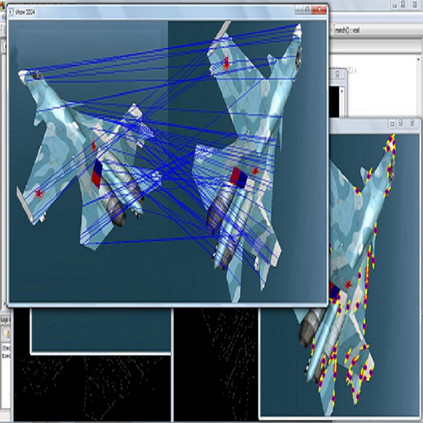Image registration has traditionally been done using two distinct approaches: learning based methods, relying on robust deep neural networks, and optimization-based methods, applying complex mathematical transformations to warp images accordingly. Of course, both paradigms offer advantages and disadvantages, and, in this work, we seek to combine their respective strengths into a single streamlined framework, using the outputs of the learning based method as initial parameters for optimization while prioritizing computational power for the image pairs that offer the greatest loss. Our investigations showed improvements of up to 1.6% in test data, while maintaining the same inference time, and a substantial 1.0% points performance gain in deformation field smoothness.
翻译:暂无翻译



